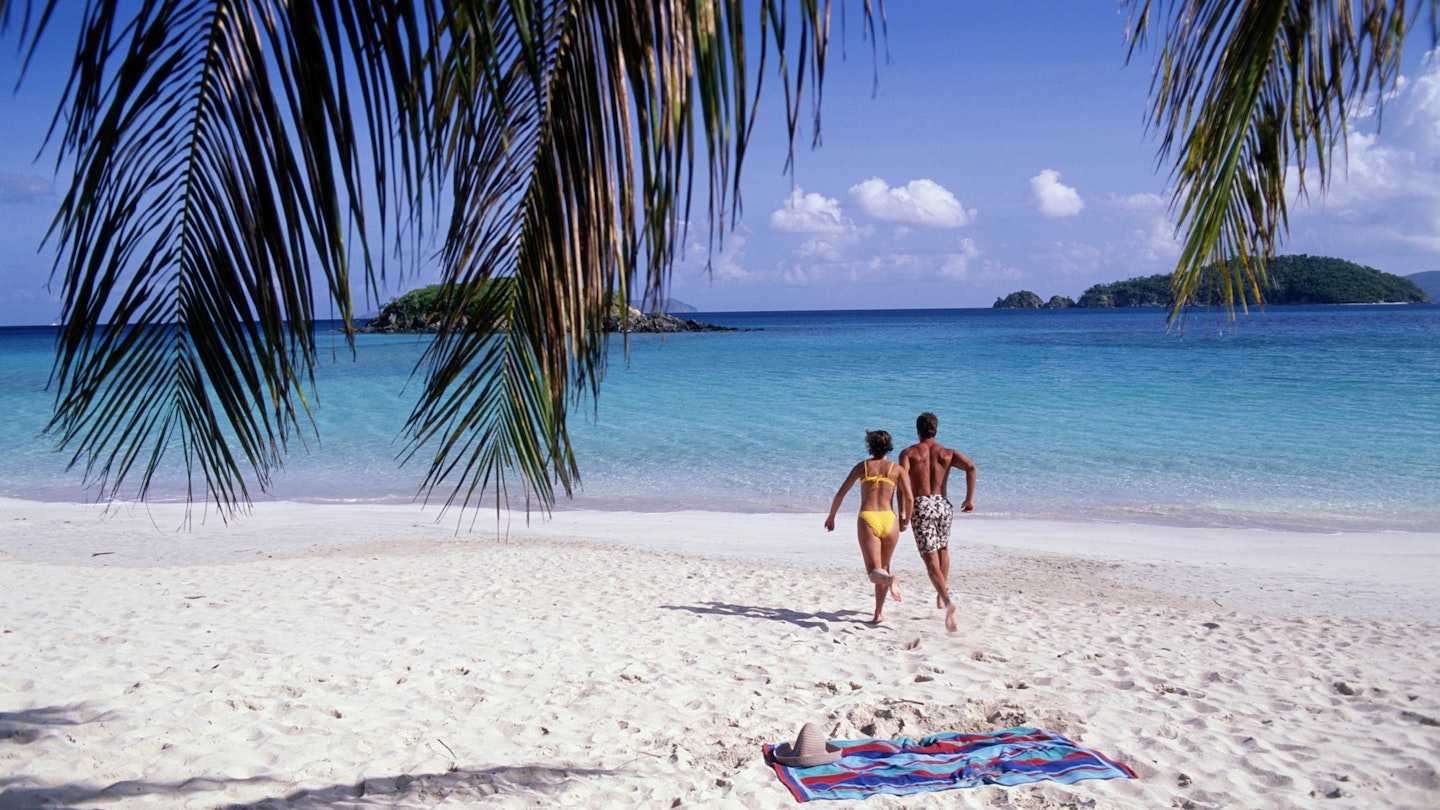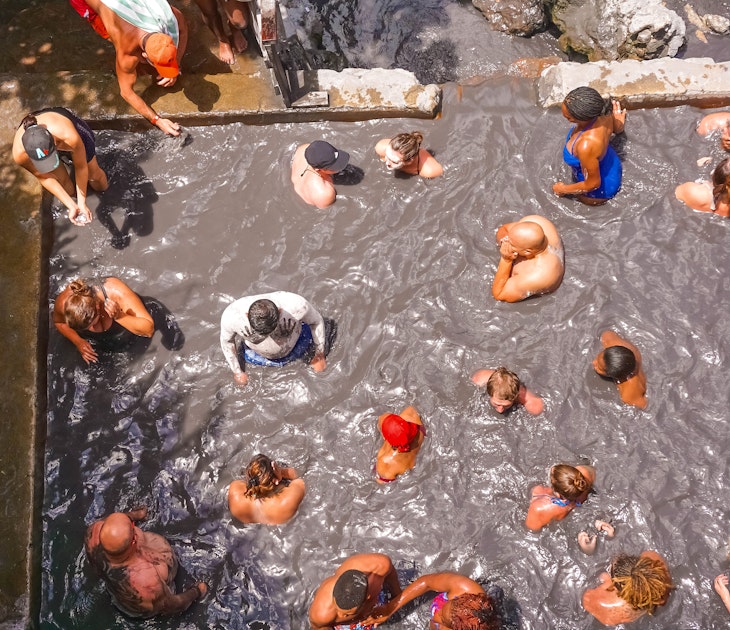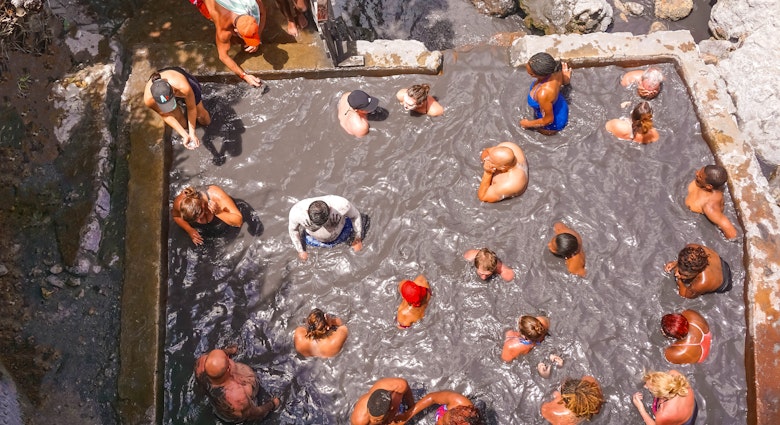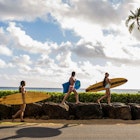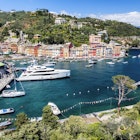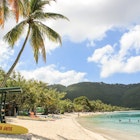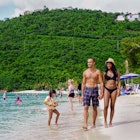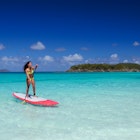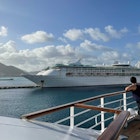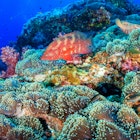The US Virgin Islands (USVI) may be an American territory, but it feels a world away when you find yourself splayed across a pristine beach, bobbing your head to reggae rhythms and tossing back yet another painkiller (the rum-heavy cocktail, not the pills!).
Composed of about 50 islands, you’ll invariably end up on one of the main three: St Thomas, St John and St Croix. St Thomas is the beating heart of the USVI with all the shopping, dining and flashy attractions you’d expect from one of the most popular ports of call in the Caribbean. Nearly two-thirds of neighboring St John, meanwhile, is protected from development by the Virgin Islands National Park, making it a far quieter haven enticing hikers, snorkelers and sun-worshippers in equal measure.
St Croix, marooned 44 miles (70km) to the south, feels less made-for-tourists than the other Virgins with a strong local identity and a thriving culinary scene. Below, we look at some of the best reasons to visit all three.
Find your own secluded slice of paradise
Nearly every vacationer to the USVI thinks they need to visit the marquee beaches featured prominently on all the tourist maps – namely Trunk Bay on St John and Magens Bay on St Thomas. Sure, they’re beautiful, but they’re typically heaving with cruise ship crowds. They also cost money to visit when almost every other beach around is free. Skip the crowds and visit nearby spots favored by locals that are equally alluring, including the palm-lined Maho Bay on St John or the surfer hangout Hull Bay on St Thomas.

Plan your trip around Carnival
The shimmering sounds of steel pans, the competing clatter of food trucks and the technicolor feathers of masquerade outfits are all telltale signs that the month-long Carnival season has arrived in the USVI. Each island celebrates at a different time of year, with St Thomas kicking things off in April with the territory’s biggest fete, followed by St John in June and St Croix in December. Timing your trip around one of these festivals will give you the best appreciation of the local West Indian culture as the streets burst to life with calypso music, jumbie dancing (skilled stilt dancers said to ward off evil spirits), and extravagant parades.
Explore historic forts in Christiansted and Charlotte Amalie
The Virgin Islands traded hands so often during the colonial era that the Spanish, French, English, Dutch and Danish all planted flags before the US purchased them from the latter in 1917 for $25 million in gold. The legacy of this colonization is today most prevalent in the Danish fortifications that remain, including the red-brick Fort Christian in the harbor of Charlotte Amalie, which dates to 1672, and the dandelion-yellow Fort Christiansværn in the harbor of Christiansted, which dates to 1738. Both now hold museums that tell the history of the enslaved Africans who built them and the European armies they housed.
Explore the ruins at Leinster Bay
The Annaberg Plantation in St John’s Leinster Bay holds the most intact sugar plantation ruins in the Virgin Islands, which once held over 600 enslaved people captive. Now part of the national park, it includes information panels that describe the complex history of the island, from the violent displacement of Indigenous people to European settlement and the trafficking of enslaved African people during the sugar boom of the 18th and 19th centuries. After exploring the ruins, hike the Leinster Bay Trail over to Waterlemon Cay and cool off in the crystal-clear waters.
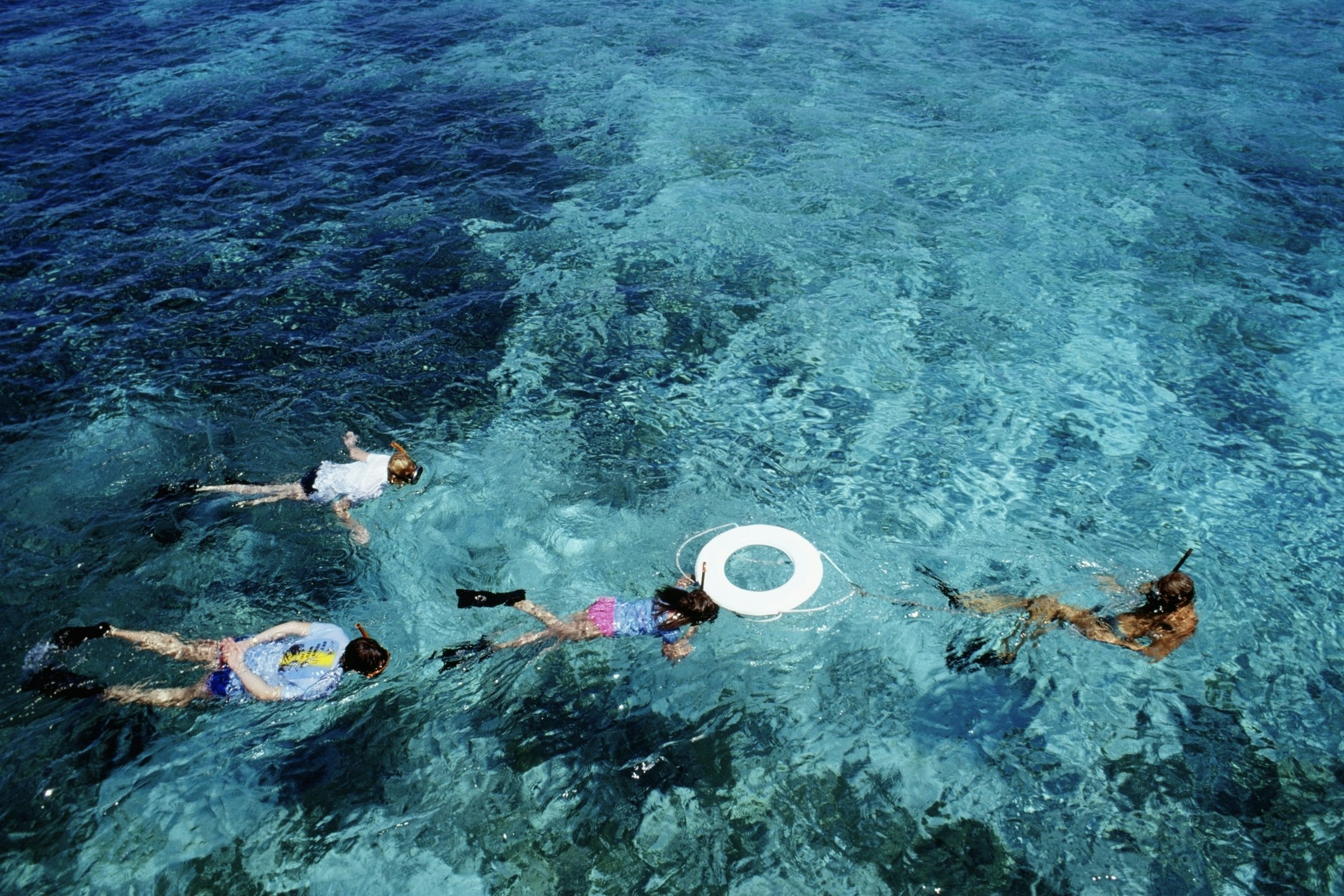
Dive the world-famous Cane Bay Wall
The Cane Bay Wall plunges off the north shore of St Croix from 12m to over 4023m (40ft to over 13,200ft), with both sheer vertical drops and slow sloping areas that make for some of the most fantastic scuba diving in the Caribbean. As you descend, expect to find a rainbow of corals and sponges, as well as eels, nurse sharks, spotted eagle rays, seahorses and schools of tropical fish. Best of all, there are no boats required – you can start your dive from the shore.
Gallery-hop in Cruz Bay
St John has always had an artier appeal than its neighboring islands, which is best experienced on a gallery hop through Cruz Bay. Start at Bajo el Sol in Mongoose Junction, which is a hybrid bookstore, rum bar and art gallery featuring local painters and potters. Check the website for frequent events, such as book signings or documentary screenings, focused on Caribbean themes. Other galleries worth a stop include Coconut Coast Studios and St John VI Pottery (in Coral Bay) and Mango Tango across the bay on St Thomas.
Skip the tourist restaurants and try traditional West Indian cuisine
Forgo the ever-present pizza and burger spots and sample Caribbean staples such as conch fritters, jerk chicken or callaloo soup at low-key West Indian restaurants like Gladys’ Café in Charlotte Amalie, where chef Gladys is as famous for her cooking as her singing. Over on St John, Uncle Joe’s is a legendary spot in Cruz Bay for its Caribbean barbecue, with fall-off-the-bone ribs or juicy chicken served alongside generous scoops of coleslaw or macaroni salad. Vegans rave about Ital in Paradise, a tiny eatery in Christiansted serving two daily plates in tune with the plant-based Rastafarian diet. Also in Christiansted, Singh’s Fast Food offers stewed goat or curried conch – all wrapped up in Trinidadian-style roti rolls (kind of like a Caribbean burrito!).
Look for petroglyphs on the Reef Bay Trail
Little evidence remains of the Indigenous Taíno, who occupied these islands before the arrival of Europeans in the 1500s. However, on a 5-km (3-mi) hike down the Reef Bay Trail on St John, you’ll get the chance to spot a series of ancient petroglyphs they carved over a thousand years ago. Shaped like human faces with swirling eyes, they rise along a rock wall above a reflection pond deep in the old-growth forest. This backcountry trail also passes the ruins of a Danish sugar plantation and a waterfall that rages in the rainy season (May to November).

Kayak into a bioluminescent bay
St Croix is home to not one but two of the Caribbean’s rare bioluminescent bays – the most famous of which lies in the Salt River Bay National Historical Park (which is also the only documented place where Christopher Columbus landed on US soil). By day, the mangrove forests here are a fantastic place to explore by kayak or paddleboard. But the best time to book a tour is after dark when the water lights up like a Christmas tree when disturbed thanks to high concentrations of bioluminescent micro-organisms called dinoflagellates.
Tour the Cruzan Rum Distillery
If your idea of a tropical vacation involves piña coladas, daiquiris and mojitos, then a visit to the Cruzan Rum Distillery on St Croix is a must. Not only can you sample rum and stock up on supplies, but you can also learn about the history of rum-making in the Virgin Islands (it dates to 1760), the process of turning molasses into a golden spirit, and some recipe ideas for making local cocktails back at the hotel, including the bushwacker or the painkiller. Not a rum fan? Look for bottles of Arc Vodka, which is handcrafted in Charlotte Amalie by a pair of St Thomians who were fed up with all the rum-guzzling pirate stereotypes perpetuated across the Caribbean.
Volunteer on an organic farm
At Ridge to Reef, you can sleep in a solar-powered cabin on an organic-certified farm in the rainforest of St Croix and learn about its goal of feeding 1% of the Virgin Islands population healthy, local food (mostly through school lunches). Day visitors can grab a self-guided interpretive map and tour the lush grounds, replete with Community Supported Agriculture fields, a tilapia pond and more. Overnighters can get their hands dirty by volunteering in the field and cooking up their yield in the off-grid community kitchen.
Sail to a floating restaurant
Sure, floating restaurants may be a gimmick, but who doesn’t want to chow down on pizza or tacos while their feet dangle in the Caribbean at a swim-up bar? On St Thomas, Pizza Pi serves some of the territory’s best New York-style pies as you snorkel with fish and turtles in the protected waters of Christmas Cove. Over in Coral Harbor, on St John, Lime Out whips up tacos and craft cocktails from a Caribbean-style cottage on pontoons. Both are accessible only by boat, though several charter companies include them on itineraries.
Enjoy the welcoming vibe of Frederiksted
The Caribbean isn’t known for being a particularly welcoming place for the LGBTIQ+ community, but St Croix likes to think of itself as an exception. Its second city of Frederiksted has become an LGBTIQ+ haven with gay-friendly adults-only hotels like Sand Castle on the Beach and The Fred luring both singles and couples with their inclusive environment. The string of sandy coves north of Frederiksted, including the aptly named Rainbow Beach, are among the prettiest on the island, while the bars downtown are famous for their welcoming atmosphere.
Take a day trip to the British Virgin Islands
Visitors to St Thomas and especially St John often charter boats for trips to the nearby British Virgin Islands, which require a passport for American travelers unlike the USVI. The beach bars of White Bay (including Soggy Dollar and Foxy’s) are the most popular stop, often after a day spent snorkeling at Sandy Cay or suntanning on the uninhabited Sandy Spit. The Baths, a collection of sky-high beachfront boulders on Virgin Gorda, is another highlight that’s typically combined with a stop to snorkel the caves on nearby Norman Island.

